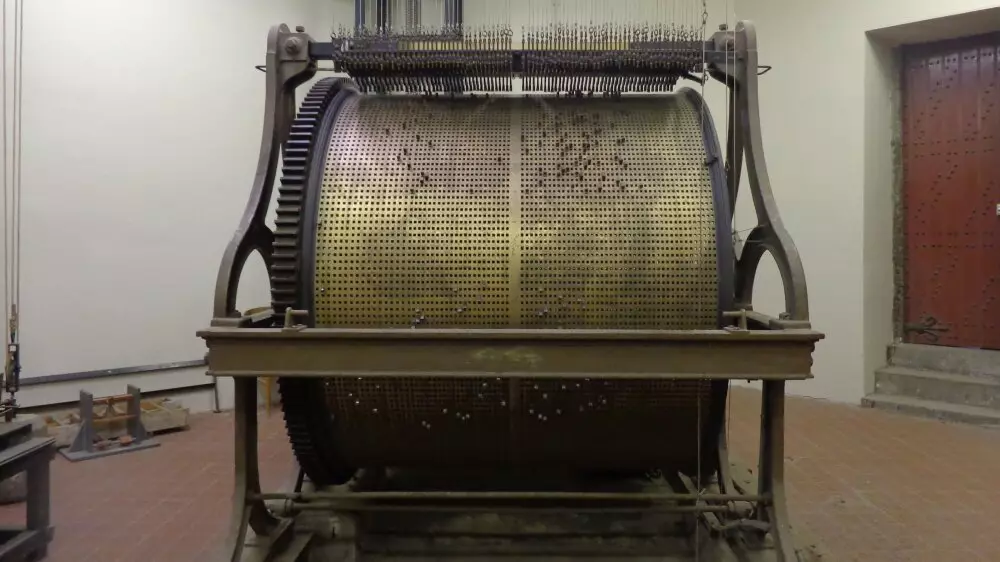For centuries, machines have been used to make music. In ancient bell towers in Belgium and the Netherlands, carillons still play music that can be programmed by humans or played by themselves. Humans have always been interested in how technology can help them control the dimension of time in music, says music researcher Bjørnar Sandvik from the University of Oslo.
In his Ph.D., Sandvik studied time tinkering, the deliberate experimentation with time, structure, and rhythm in contexts of producing machine rhythm. He found that the very concept of machine rhythm presupposes a process where music is stored or represented on a physical material, and thus ‘frozen’ in time. While time flows irreversibly, media technologies make it possible to manipulate and experiment with the placement of sounds along the time axis.
From Ancient Grids to Digital Screens
Humans have been using grids since antiquity to program self-playing carillons or music boxes. To produce rhythmic music, small pins on a rotating cylinder need to be spaced at the exact right distance from each other, and for this, a spatialized time axis or grid is needed to attach the events to. Today, many of the techniques used to compose and edit music with digital production tools are possible because the music is presented visually and graphically on screens. This gives us events to move along the time axis or organize in a grid on the screen. The grid has influenced the way rhythms have been programmed and understood in different technological eras.
The Challenge of Going Off Grid
In the past, a common challenge was to make machines play music that had already been composed as notes on paper. Thus, the ideal was to surpass the human ability to follow the notation and play on the grid. In the digital age, the challenge is often the opposite. It is easy to get a modern computer to play on the beat, but the challenge is to make it go off grid in a human and creative way. Software programs used in music production offer automatic time correction features, but it is more interesting to move and juxtapose single elements in order to create rhythmic friction.
The Role of Microrhythm in Music Production
Humans have always experimented with different types of microrhythms by deviating from a note-based norm. During the last hundred years, this has shaped the development of rhythmic genres within popular music such as jazz, rock, blues, funk and soul. For a long time, it was complicated, resource-intensive, and time-consuming to explore such microrhythms in machine programming. However, at the turn of the millennium, digital recording technology made it possible to move sounds along the time axis in a new and far more flexible way. Today, manipulation of time on a micro level is central to the composition practice of music producers, and it is a new standard.
As part of the research project Timing and Sound in Musical Microrhythm (TIME), Sandvik interviewed several producers of electronic dance music (EDM) and analyzed their music. While EDM is characterized as dance music, the rhythms in EDM are often experienced as mechanistic and strictly on the grid. However, according to findings from the TIME project and other research, it only takes a few milliseconds of deviation to create an experience of groove. Producers work hard to achieve rhythmic friction against the grid, either by moving the temporal onset of events or by shaping how the sounds and their intensity themselves unfold in time. Such techniques are crucial for the grooves to be successful.
Humans have been using technology to control the dimension of time in music for centuries. The evolution of machine music has been influenced by the use of grids, from ancient carillons to modern digital screens. While it was once a challenge to make machines play music on the grid, the challenge today is often the opposite—to make machines go off grid in a human and creative way. Today, the manipulation of time on a micro level is central to the composition practice of music producers. Through the study of EDM production, we can see that while the grid is still an important tool, rhythmic friction against the grid is crucial for the success of grooves.



Leave a Reply